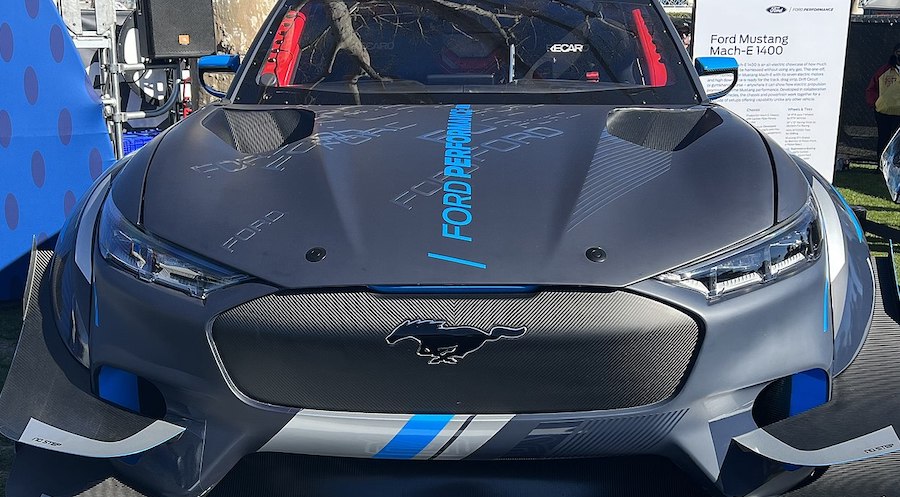
A recent report by IDTechEx found that even though there is a trend to reduce the number of materials that provide core functionality to the battery pack, the rapidly growing EV market means that demand for such materials will continue to grow.
Among the materials analyzed in the report are aluminum, steel, copper, lithium, cobalt, nickel, manganese, electrolyte, iron, phosphorous, binders, casings, carbon black, silicon, separators, carbon nanotubes, carbon fibre-reinforced polymer, among others.
The whitepaper explains that much of the development to increase EV batteries’ energy density is coming from how the cells are packaged together. In general, this means that the materials being used throughout the pack are decreasing in quantity.
“The key for all of these materials is reducing weight and costs. But for everything inter-cell, being multi-functional is becoming increasingly important,” the dossier reads.
“With a reduction in ancillary materials and structure within the pack, inter-cell materials have to carry out more functions. While it has been typical to apply multiple layers of materials to provide thermal and electrical insulation, compression, and fire protection, new materials will need to provide several of these functions. While these may cost more alone, they could replace multiple other materials leading to simplified manufacturing and a reduced system cost.”

The dossier notes that the battery enclosure will always remain a key component of the pack, even if this starts to become more integrated into the vehicle. For this component, metals are the most common choice, with steel often being used for structural support and aluminum being used for its lightweight nature.
“The automotive market has extensive experience in the manufacturing and application of these materials. However, there is an increasing interest in composite or polymer components in order to reduce weight, create more specific geometries, and provide other functionalities,” the report reads. “IDTechEx estimates that a composite enclosure, not including structural changes could increase the energy density of a battery pack by up to 7% (further improvements may be possible with customized designs). While this number may seem small, as improvements to energy density start to decrease, any small change is significant.”
The market analyst pointed out that composite battery covers are becoming increasingly common, with examples including Ford’s Mustang Mach-E and F150 Lightning. However, challenges remain, for example, providing EMI shielding, fire performance, and overcoming the industry’s reliance on metals.
Yet, in the view of IDTechEx, such challenges are all addressable. Thus, the researcher predicts a 19-fold growth in composite/polymer enclosure materials in the next decade.
“A full polymer battery enclosure is possible, although it may be ambitious in the current market,” the paper states. “But replacing individual parts of the pack structure with fire-retardant polymers is certainly an excellent opportunity for the suppliers to the EV market.”